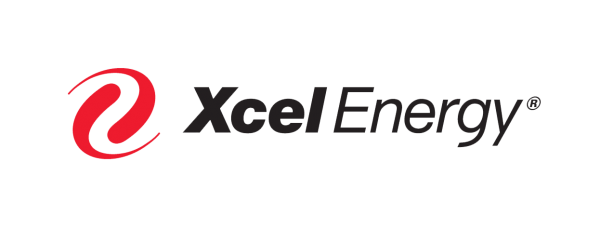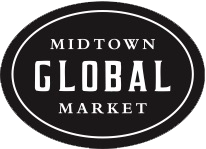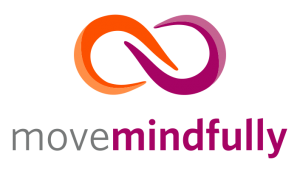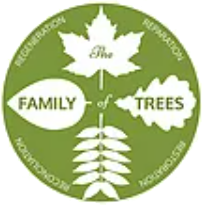The choices that we make about food — where to buy it, from whom, what to buy — matter. Here in the US, we vote with our dollars by buying or not buying. And what and whom we choose to support makes a big difference, not only to our own health, but also the health of our environment.
For example, in the past 40 years, over 30% of Central America’s rainforest has been turned into beef production land for American fast food restaurants. When we eat at restaurants that offer meats from these factory farms, we support this system of cheap burgers destroying great tracts of rainforest and their inhabitants. We vote with our dollars, but can instead vote for a sustainable future. We can buy free-range beef and make our own hamburgers, even though it may not be as convenient or as fast. As Alice Waters, owner of the famous restaurant, Chez Panisse, and founder of the Edible Schoolyard says, “Speed is the enemy of the ethical preparation and eating of food. It dishonors food and dishonors us.”
Grocery stores offer a plethora of grocery products. Most of them are processed and packaged foods which come in colorful boxes with plastic packages and promise to save us labor and time. They’re called “value added” foods. In the early ’70s, people spent an average of 21 cents per dollar for value added foods. By the mid-80s it had gone up to 41 cents. Now it’s almost 80 cents! Think about what this means. Almost 80% of our food money goes to pay for processing, manufacturing, advertising, transportation, and storage. We pay far more for the convenience of these foods than we do for the foods themselves! Our environment pays also, as the packaging adds to our landfills and the manufacturing and transportation costs used in fuel destroy our air quality.
When we buy locally-grown, organic and unprocessed foods, we are supporting our Minnesota farmers and farmers who care about how they’re treating the environment. We’re also getting the “value” that would have been paid for processed foods. Buying locally also cuts down on the amount of fuel, packaging and other resources that are used for transporting our food.
Here are some examples of how to get started:
- Start small. Decide to have oatmeal instead of boxed cereal.
- Choose to buy locally-made bread and get peanut butter in bulk.
- Make soup from scratch — it’s pretty easy!
- Check out your local natural foods co-op, farmers market or CSA (Community Supported Agriculture) farm.
Jennette Turner is a Natural Food Educator who has been teaching people to eat well and improve their health for over ten years. She can be reached at jennette@jennette-turner.com, or 612-374-6039.
Organic Consumers Association
Finland, MN, 218-226-4164
www.organicconsumers.org
Land Stewardship Project
White Bear Lake, MN
651-653-0618
www.landstewardshipproject.org







